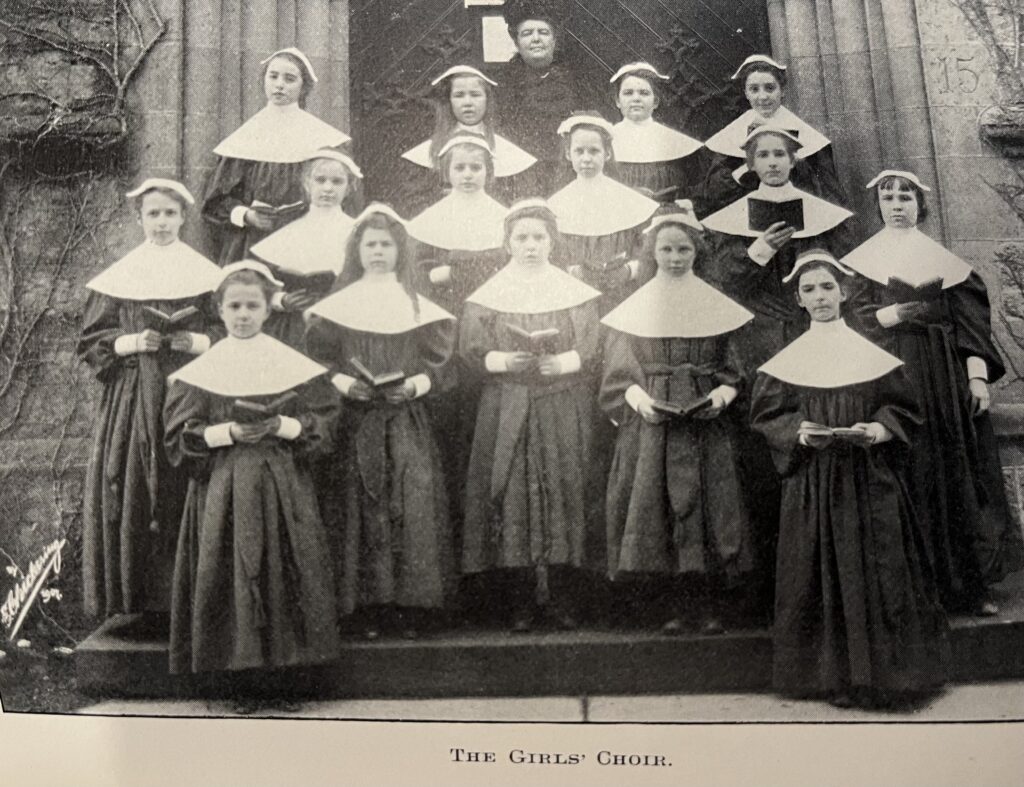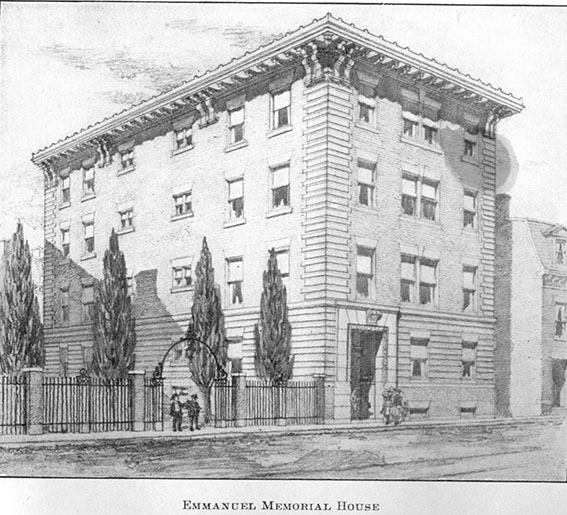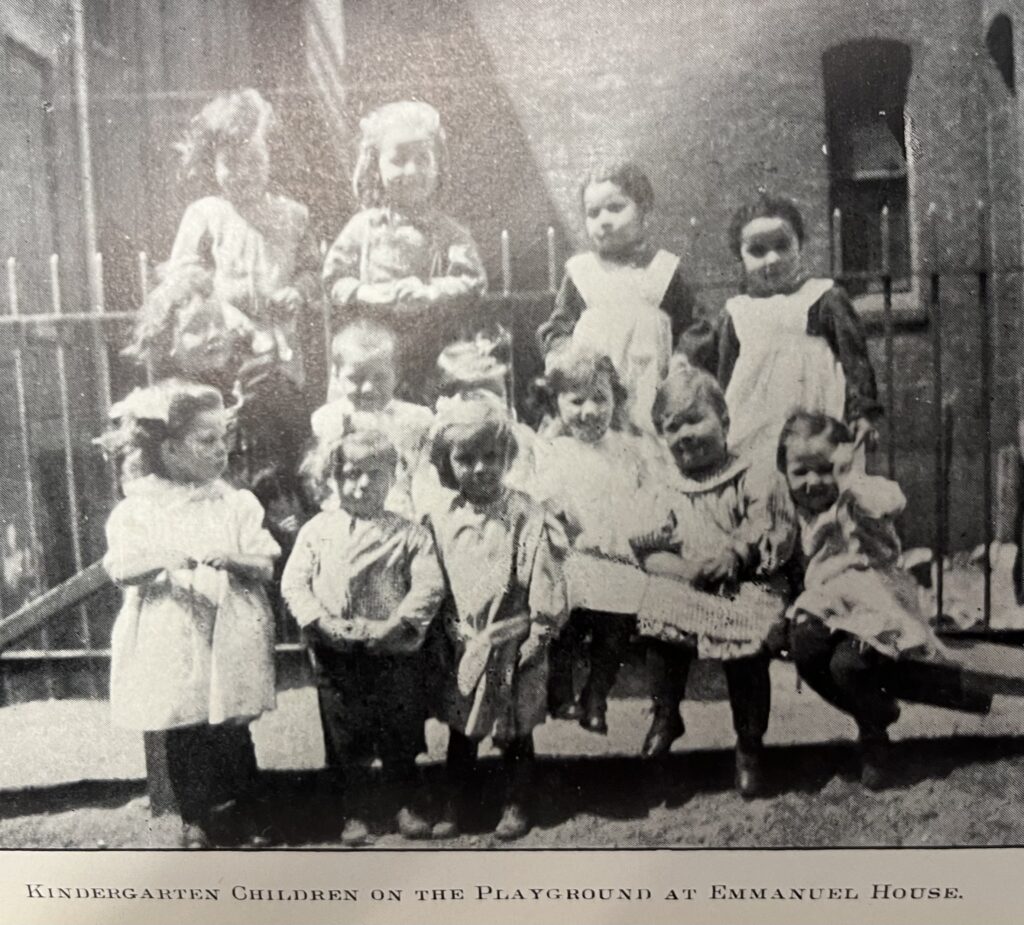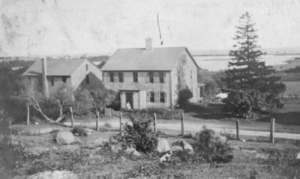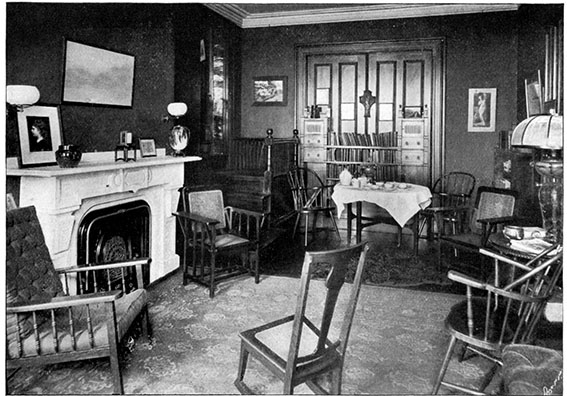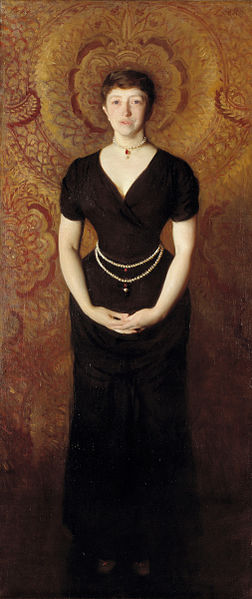Epiphany 5A, 5 Feb. 2023. The Very Rev. Pamela L. Werntz
- Isaiah 58:1-12. You will be called the repairer of the breach, the restorer of streets to live in.
- 1 Corinthians 2:1-16. Those who are spiritual discern all things.
- Matthew 5:13-20. Do not think that I have come to abolish the law or the prophets.
O God of mercy, salt and light, grant us the strength, the wisdom and the courage to seek always and everywhere after truth, come when it may, and cost what it will.
As tempting as it is to preach about salt and light, I am so struck by Jesus’ teaching that he has not come to abolish the law (that is, Torah) or the prophets (that is Isaiah and the others). Jesus says, “I have come not to abolish but to fulfill. For truly I tell you, until heaven and earth pass away [which, by the way, has not happened yet], not one letter, not one stroke of a letter, will pass from the law.” Just last week a visitor was marveling at the fact that a parish and a synagogue share this sacred space as well as sharing teaching, pastoral care, and outreach. The person said, “But Jews are waiting for the Messiah, right? And Christians believe the Messiah has already come.” I replied that Jews are waiting for the first coming and Christians are waiting for the second coming. We’re all waiting and wondering how (and whether) we will recognize the Messiah. Meanwhile, at 15 Newbury Street, we’re doing what we can to repair the world, which we all agree is in desperate need of healing. [1] Continue reading


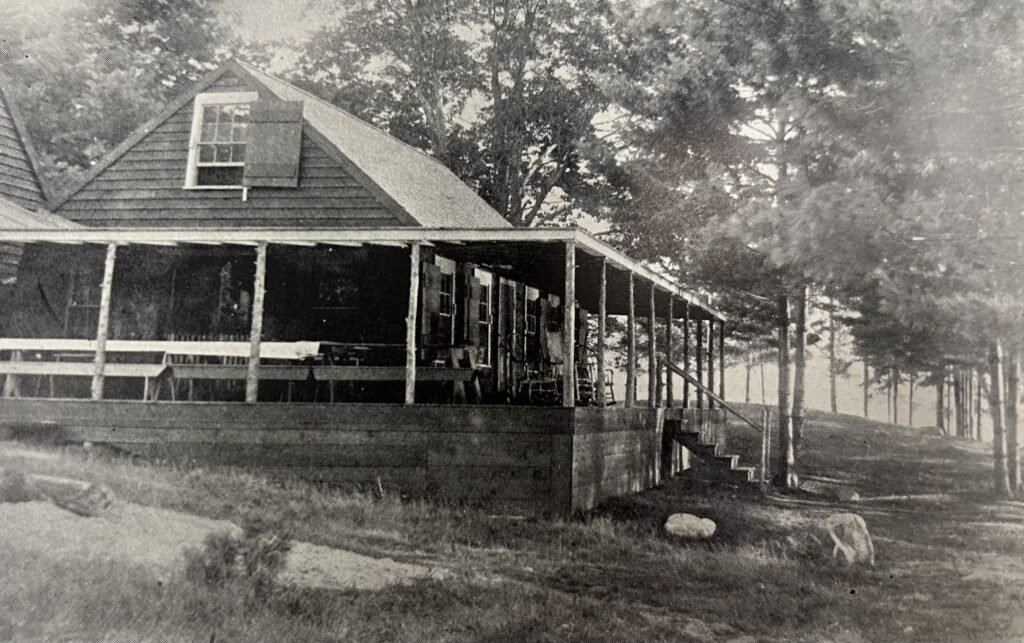 Our Girls Choir
Our Girls Choir